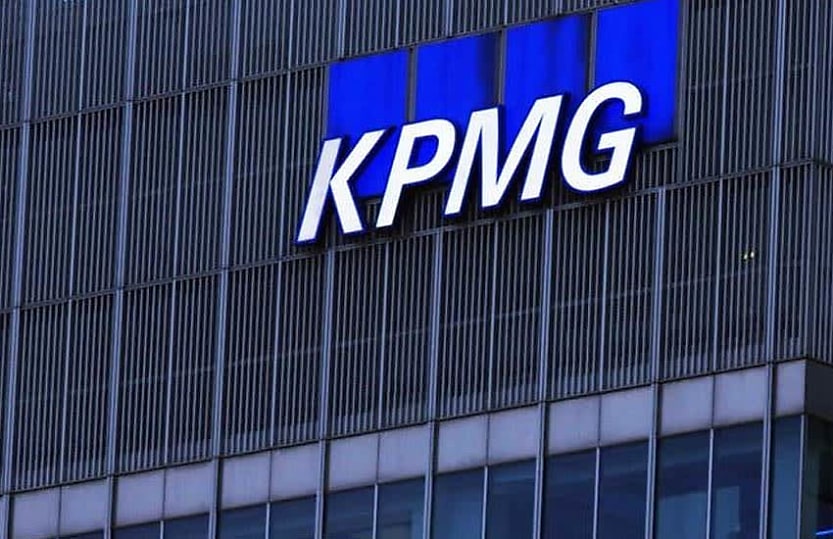KPMG calls for cohesive national funding framework to boost R&D

The big four firm has called for the implementation of a national funding framework for R&D, alongside measures to improve collaboration within Australia’s R&D landscape.
KPMG says Australia’s current R&D support ecosystem is piecemeal and not well-designed to support businesses wanting to innovate, which could be alleviated with a more cohesive national support system for R&D.
“Support programs should be aligned to, and assessed against, a national framework which is well-communicated and mapped out,” Georgia King-Siem, KPMG national lead partner of innovation policy, said.
“Currently, policies and programs often lack cohesion, resulting in a fragmented and sometimes contradictory R&D ecosystem. We hope this current review will result in industry, government and researchers agreeing on realistic recommendations which are then properly implemented.”
The government has sought advice on how to improve the Australian R&D landscape in a bid to boost languishing productivity and secure Australia’s long-term economic prosperity against global shocks.
In its discussion paper, the government noted that Australia had lower R&D intensity than other OECD countries. Australia’s gross R&D expenditure was 1.66 per cent of GDP in 2021–22, compared to the OECD average of 2.9 per cent.
In a submission, KPMG said that the R&D Tax Incentive (RDTI) should be streamlined to increase its accessibility and offset risks faced by businesses looking to innovate.
“Companies must typically self-assess eligibility, which can be disallowed, sometimes years later, and can then face penalties and interest charges. This lack of certainty is an inhibitor to accessing the tax incentive and an impediment to investment,” King-Siem said.
“Given the often-high-risk nature of innovation, every effort should be made to provide clarity around the eligibility of tax offsets. Existing tax incentives could be streamlined to reduce administrative burdens and increase accessibility.
“They should also be geared to better support experimental development undertaken in a commercial setting, not just basic and applied research.”
Domestic R&D activity has been largely upheld by universities, the government discussion paper found. Lagging commercialisation of R&D has negatively impacted economic complexity in Australia, which is a strong predictor of future growth.
Australia’s economic complexity, as measured by export diversity, had been in decline since 1995. It currently ranks 75th out of 132 countries in economic complexity, behind Guatemala, Kyrgyzstan and Jordan, 2023 data from the Observatory of Economic Complexity (OEC) showed.
At the same time, Australia ranked fourth in the world for research, OEC data showed. This highlighted Australia’s problem: while the country isn’t short on ideas, it has struggled to extract commercial benefits from emerging research.
To boost Australia’s ability to commercialise R&D, KPMG mentioned the need to facilitate greater collaboration between commercial entities and research institutions such as universities.
To achieve this, the government could fund innovation hubs in which researchers, entrepreneurs and investors could be brought together, KPMG said.
“The hubs would provide access to modern facilities, funding opportunities, and mentorship programs to promote collaboration and enable access to infrastructure to reduce the costs of R&D for companies,” KPMG said.
Australia’s R&D performance has been stifled by a series of barriers, KPMG added. These included high business costs stemming from labour costs and strong regulation, uncertain government support programs and a shortage of STEM professionals.
Businesses should be supported more cohesively to succeed despite these barriers.
“While there are many issues to address, encouragingly, there is a real focus on, and recognition of, the critical role innovation plays in economic prosperity,” King-Siem said.
“But as a country, we need to better transform ideas into innovations and outcomes.”






